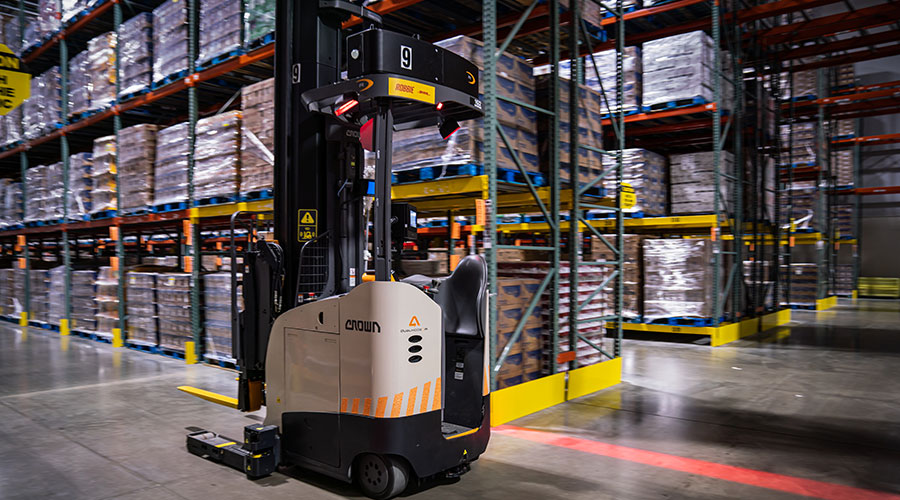Advancing Your Automation Journey

Over the last few blog posts, we discussed various aspects of automation, including adopting an automation mindset, selecting the right automation strategy, ignoring assumptions and bias, and enhancing workforce productivity.
For this post, we’ll focus on what can often be the hardest step in a company’s automation journey: taking the first step.
Understandably, there is reason to hesitate, investigate and authenticate before purchasing and integrating any new automation technology. The stories of false starts and overhyped benefits can make the decision even more imposing. To overcome any hesitancy, you need to understand where automation technology can most effectively deliver value, select the right solution for your application and develop the business case.
This can be a lengthy process for some organizations, but there is also a strong sense of urgency today to make more effective use of technology in the supply chain, especially when attempting to increase agility and flexibility to better deal with today’s uncertainties. Board members and senior executives are now seeking automation strategies that can help their organizations better adapt to workforce challenges and ensure continuity in business operations and customer service.
At the same time, the current generation of automated forklifts are proving capable of handling some of the toughest tasks in the warehouse, including narrow aisles, high-reach pallet putaway and retrieval. The technology has advanced to the point where it is now a viable option for a wider group of companies looking to increase productivity.
Taking Your First Step
By starting your journey now, you also have access to best practices from industry leaders to help guide your implementation strategy. While every application is different, some commonalities can be considered and adopted.
For instance, it is ideal to focus the initial implementation on a specific use case and develop a pilot program that lets you get comfortable with the technology before attempting more wide-scale deployments. Mobile automation technologies are particularly well suited to support this strategy.
Another common factor in successful deployments is setting realistic expectations for the deployment. One trap some organizations fall into when first deploying automation is expecting significant productivity or efficiency improvements too soon. There is a ramp-up period associated with virtually all new technology deployments, and it isn’t unusual for key metrics, such as productivity, to be temporarily interrupted during this period. A pilot program can provide valuable insight when setting these expectations.
A third best practice is to choose an automation partner with proven solutions and experience guiding users through the process of planning and deploying automation. This will allow you to move forward confidently with automation that delivers value today and creates the foundation for the future of warehouse operations.
For more information on advancing and evolving your automation journey, download Crown’s e-book The Time to Automate is Now: Overcoming the Hurdle of Getting Started.